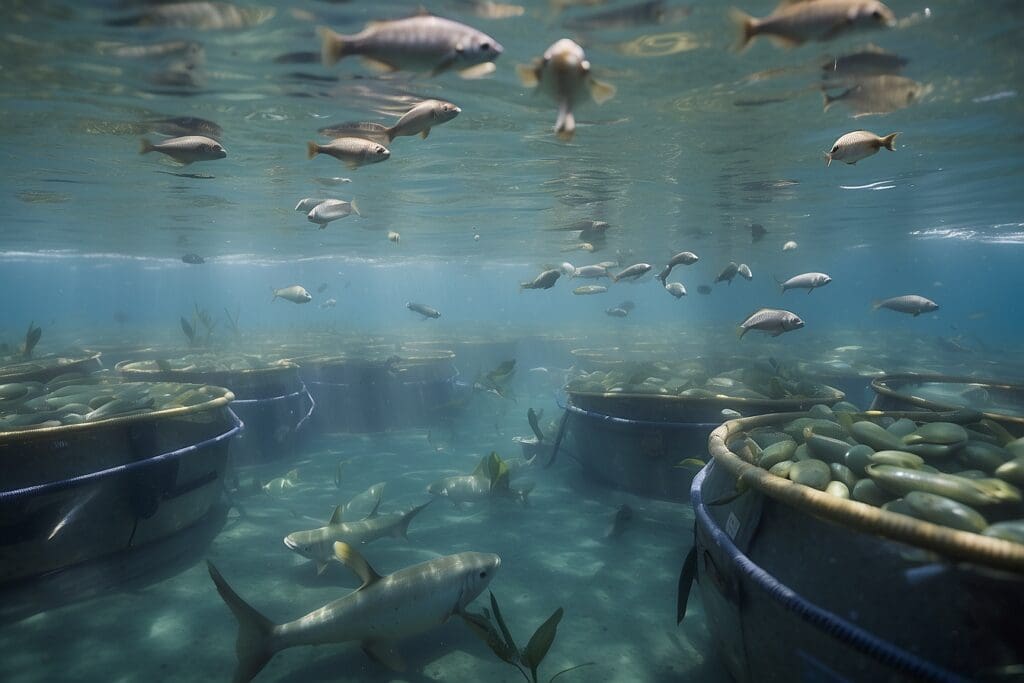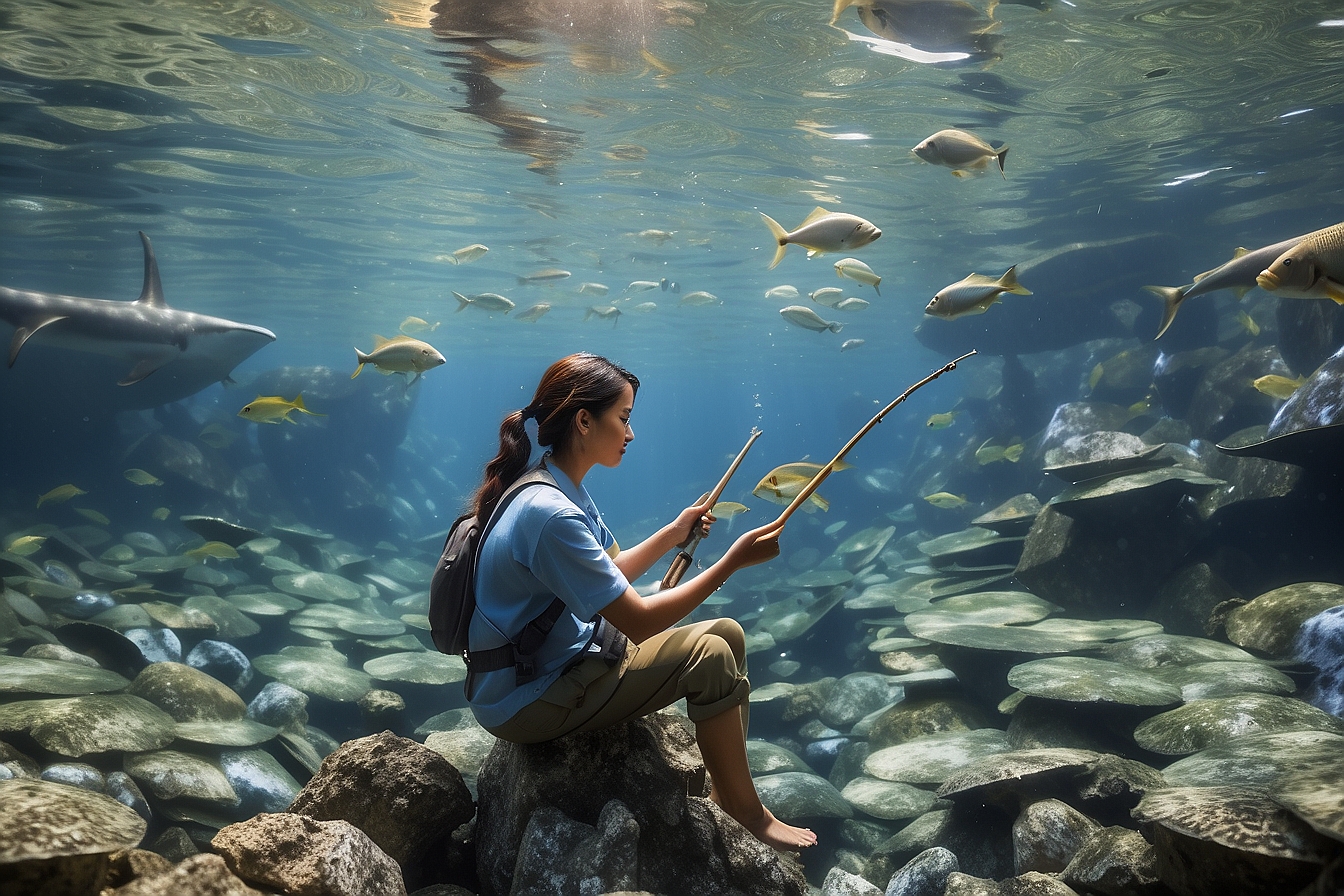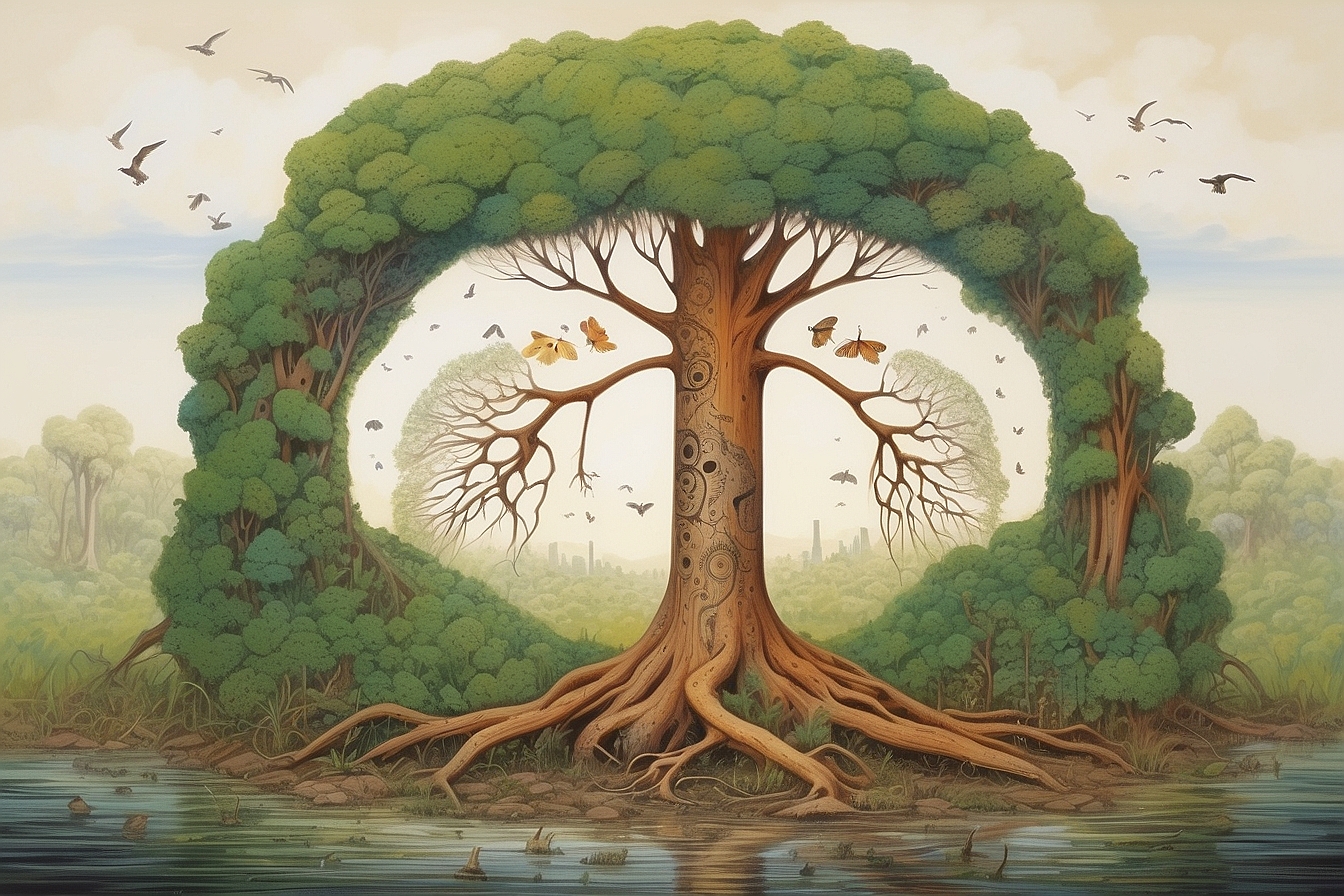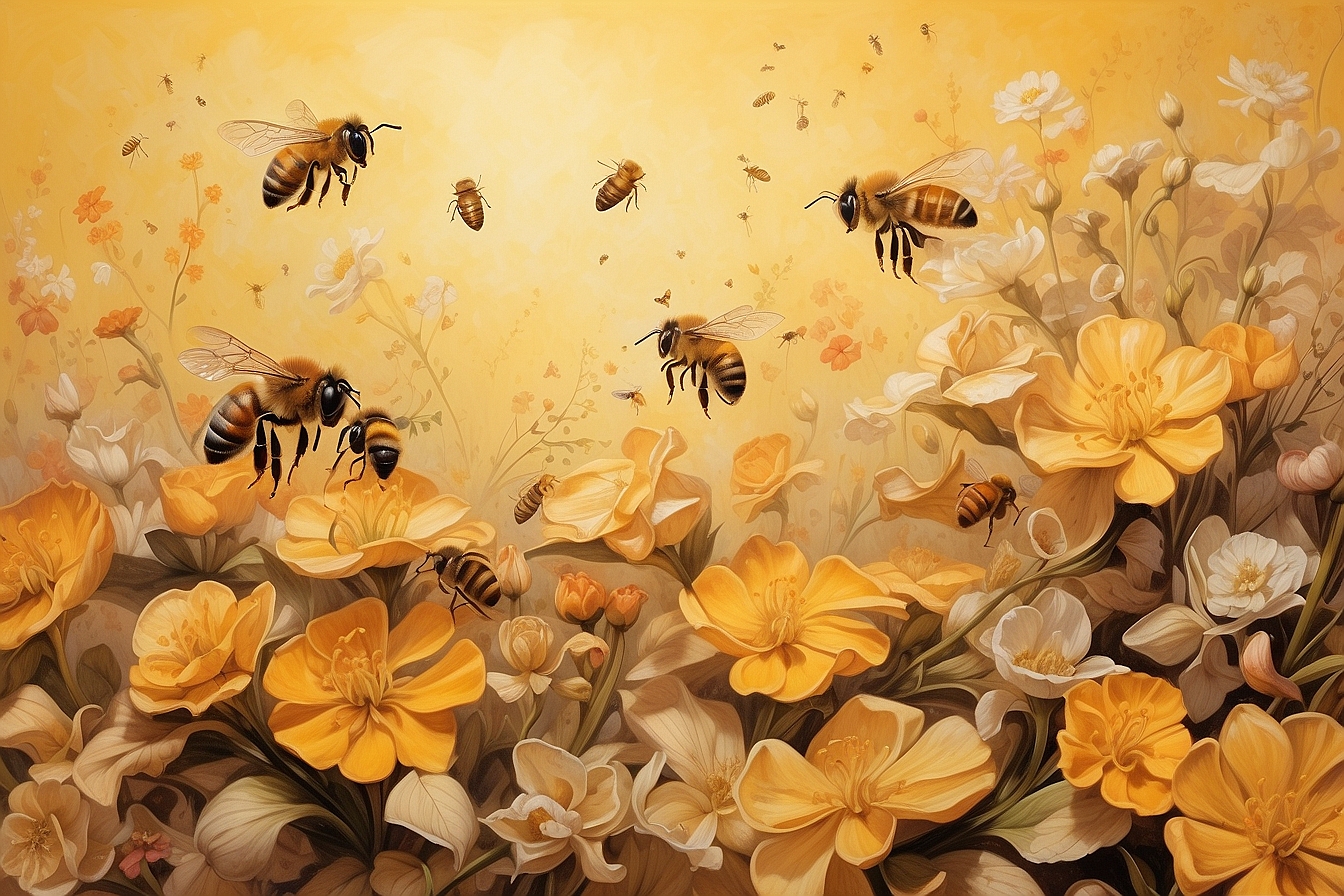Do you love a good old cup of clam chowder, or perhaps some popcorn shrimp, or maybe you just like to go fishing for sport? If you fall into any of these categories, and in fact many more, then you have already reaped the benefits of aquaculture, which is commonly referred to as fish farming. Formally, aquaculture refers to “the breeding, rearing, and harvesting of plants and animals in all types of water environments including ponds, rivers, lakes, and the ocean.”1
Aquaculture’s Reliance on Mangroves
Mangroves are one of the most important plant species in the tropical and subtropical regions across the globe. Consisting of salt-tolerant trees and shrubs in shallow, slow-current tidal waters, mangroves primarily serve to protect coastlines from storms and provide sustenance for marine life. There are over 44 million acres of coastal mangrove forests worldwide.2 Mangroves offer tremendous ecological and economic benefits to both humans and coastal organisms. However, these botanical communities are typically regarded as profitable and have been of huge economic importance to the developing world. For this reason, mangroves have been, and still are, heavily exploited for economic advancement through many a means, the main being aquaculture.

Mangrove roots.3
Since approximately 85 percent of the global fish stock continues to be severely over-exploited or depleted, it is of no surprise that a shift in reliance on aquaculture has been a high priority within the last half century.4 In theory, aquaculture should be able to meet the demands for fish and shellfish products while also mitigating the global dilemma that threatens food sources for billions of people. However, one of the problems inherent in aquaculture is the negative effect it has on the environment. Despite this fact, profit driven aquaculture industries have found aquatic animal husbandry to be a lucrative investment with an “average annual growth rate of 6.9 percent.” Furthermore, the Food and Agricultural Organization of the United Nations (FAO) projects that aquaculture production will need to reach nearly 80 million tons by the year 2050 in order to keep up with current consumption patterns.5 Unfortunately, these highly undervalued yet dynamic ecosystems are predominately threatened by this sector of food production since their removal continues to be of little concern in the grand scheme of things.
https://web.archive.org/web/20160404101104if_/http://www.youtube.com/embed/_KVJbUHGAQg?rel=0 6
Shrimp Aquaculture
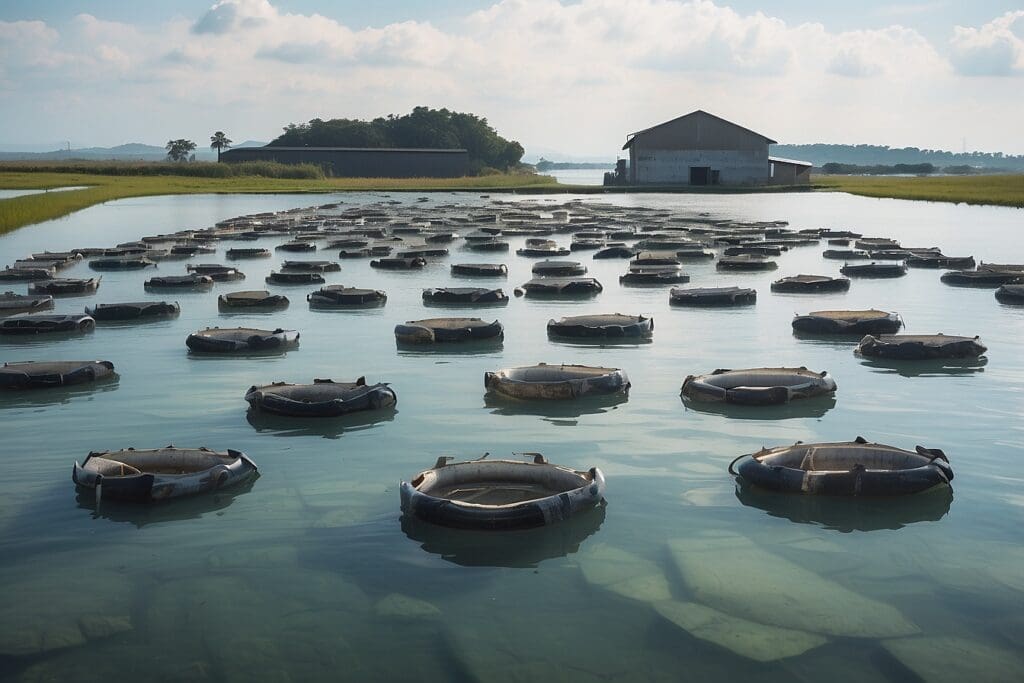
For some time now, mangroves have been used as a primary input in aquaculture, most notably in shrimp farms or “ponds.” Traditionally, the mangrove area and shrimp population would be enclosed as a way of safeguarding the fish stock. This same fish stock would grow freely and naturally, without the use of growth enhancing chemicals, until it was harvested a few spring tides following. This idyllic production method is known as extensive shrimp farming and is characterized by the low input, effort, and density of shrimp. Two other forms of shrimp aquaculture, and most prevalent, include semi-intensive and intensive where mangroves are clear-felled in order to construct ponds that serve as habitats for the commercial shrimp stock. Piscicides, which are fish toxicants,7 are used to expunge predator populations in order to cultivate safe environments for the shrimp larvae—either from the wild or from culture. The piscicides essentially create an artificial environment free from predators, which ensure higher yields while continuing to alter the natural ecosystem. Originally, shrimp populations were maintained and fed with minced fish, but today most farmers use a formulated feed that include all necessary nutrients and antibiotics to protect the shrimp against disease. The three above-mentioned processes of shrimp aquaculture require varying levels of effort and scales of production, which in turn translates into the degree of significant ecological impact.
Consequences of Aquaculture
Unfortunately, the conversion of mangrove forests to aquaculture is not fool proof since there are severe ecological implications that may leave the land barren when the aquaculture system is no longer viable. More often than not, previously constructed ponds are abandoned once nutrients are depleted, which is seen as highly unsustainable as large tracts of mangrove habitats are destroyed in the farming process. Furthermore, the typical soil that supports mangrove communities are subject to acid sulfate conditions, or oxidation. The high organic content and iron-based composition of the soil and the prevalence of sulfates in the seawater create highly acidic soil conditions when exposed to air. This oxidative process can decrease the pH by three times which is neither suitable for pond culture nor the re-colonization of mangroves. The oxidation of soil organic matter also reverses the role of carbon is released into the atmosphere. In order to offset the pH imbalance, the soil can be amended by the addition of lime; however, this method may not be sustainable as it is not economically nor physically feasible on mass scale.8
Moreover, the consequential shift in the microenvironments that is characteristic of aquatic animal husbandry may extend to adjacent mangrove forests, doing more damage than originally intended. Furthermore, the homogenization of the resulting ecosystem and the intensive high-density monoculture characteristic of these aquaculture systems both encourage a system highly susceptible to disease. Aquaculture activities prove to be a huge threat to the existing global mangrove population as the decrease in natural fisheries justifies the investment in aquaculture systems. While aquaculture helps us maintain a short term fish supply, it may be depleting these precious resources for future generations while also weakening and perhaps destroying important biodiversity that we will not be able to replace.

